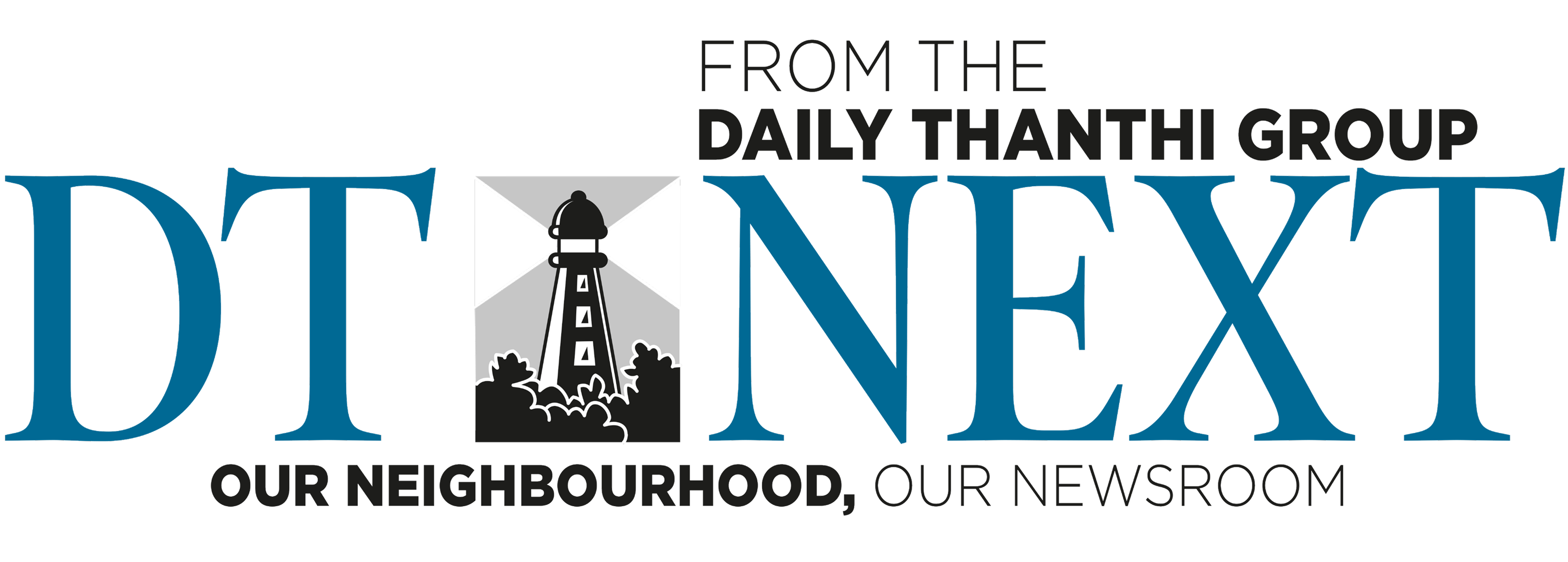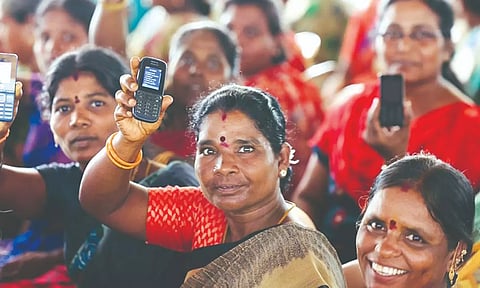Women's welfare: A case for Kalaignar Magalir Urimai Thogai
• SATHYAN AND MEHARAZ
The Tamil phrase “Magalir Urimai Thogai” means “Rightful Money of Women.” It’s not a freebie, assistance, or revdi, but a recognition of women’s rights, as Chief Minister MK Stalin emphasised during the scheme’s launch. Highlighting its features, he discussed the historical shift from matriarchal to patriarchal societies, the role of the Self-Respect and Dravidian movements in women’s empowerment, and the ongoing gender pay gap and unpaid domestic work. Launched on Sept 15, the birth anniversary of Perarignar Anna, an advocate of State autonomy and self-determination, the scheme honours his legacy of legalising self-respect marriages and promoting widow remarriages.
So what can Rs 1,000 per month do? It’s Universal Basic Income (UBI) for eligible women, although questions arose due to the DMK manifesto stating that all women heads of the family would receive it. The eligibility criteria appear fair, encompassing women not in government jobs, those exempt from taxes like Income tax or GST, and those without land exceeding 10 acres. This UBI can significantly benefit women’s socio-economic lives, being one of India’s most extensive state-implemented cash transfer programs.
Poverty reduction: UBI can help alleviate poverty by providing a consistent income and allowing women to afford necessities. A study by the International Labour Organization (ILO) found that even a modest UBI can reduce poverty headcount by 27% to 54%.
Financial independence: UBI empowers women, increasing their financial control. UNDP studies show that cash transfers boost decision-making power within households.
Investment in education and health: UBI enables women to invest in children’s education and healthcare. In Kenya, cash transfers led to a 40% rise in education spending and a 20% increase in healthcare.
Reduced gender pay gap: UBI addresses the gender pay gap by offering stable income, per the WEF Global Gender Gap Report 2020.
Entrepreneurship: Guaranteed income prompts women to start businesses. SEWA reported an increase in self-employment and entrepreneurial activities with basic income.
Impact on child nutrition: Monthly cash transfers to women in India notably enhanced child nutrition, particularly among girls, with a 10% lower stunting prevalence.
Empowerment and decision-making: Cash transfers to women increased participation in household decision-making, improving bargaining power, decision-making, says IFPRI.
Reduced domestic violence: Studies indicate that cash transfers to women can reduce domestic violence, addressing a common factor: financial stress. The cumulative effects of the women-empowerment schemes could be summed up as:
It is a great time to be a woman in Tamil Nadu, as summed up by a recent study on gender parity. CM MK Stalin had early on signed a GO making local public transport free of cost for women in TN. Multiple studies have confirmed that women save around Rs 1,000 per month. Another scheme of the current Government, the Puthumai Penn scheme, which has increased women’s enrolment in colleges by a whopping 27%, pays a scholarship of Rs 1,000 per month to college-going girls. A mother and her college-going child can earn between Rs 3,000 and 4,000 per month. An additional Rs 3,000 per month can impact the lives of lower-middle-class or low-income families. Here are some data points to illustrate the potential benefits:
Consumption expenditure: As per NSSO 2011-2012, rural India’s average monthly per capita consumption expenditure was Rs 1,430, while urban India’s was Rs 2,630. An additional Rs 3,000 per month could significantly boost consumption, particularly for rural households.
Food security: India ranks 107th out of 121 countries in the 2022 Global Hunger Index, with a 29.1 score indicating a “serious” hunger level. Though Tamil Nadu performs well in this index, an extra Rs 3,000 per month could help families afford nutritious food and improve overall well-being.
Education: Rural Indian households spend about Rs 1,071 per child annually on education, while urban households spend Rs 2,899. An additional Rs 3,000 per month could substantially enhance the family’s ability to invest in children’s education for better opportunities.
Health: The 2022 Economic Survey revealed that nearly 50% of India’s healthcare spending is out-of-pocket. An extra Rs 3,000 per month could ease this burden, particularly with Tamil Nadu’s robust public healthcare system and initiatives like Illam Thedi Maruthuvam.
Debt Reduction: Low-income Indian families often depend on high-interest loans from informal sources. An extra Rs 3,000 per month could aid in reducing their debt burden and reliance on exploitative lending.
Income boost: Salaried persons in urban India earn an average of Rs 21,647 pm (ICICI Securities). An extra Rs 4,000 monthly represents an 18.5% increase in family income. Casual labourers in urban India earn Rs 464 per day, approximately Rs 13,920 pm (PLFS data). An additional Rs 4,000 monthly equals a 28.7% increase in individual income.
Salaried persons in rural India make an average of Rs 14,700 pm (annual PLFS study). Receiving Rs 4,000 pm assistance means a 27.2% income increase. Some complaints about eligible women not being covered exist; the government offers a redressal mechanism with helplines and an escalation portal. All of these together would put money in the hands of people and women, to be precise, increasing their purchasing power and increasing the demand for goods and services and, in turn, giving a boost to overall economic growth. Concerns about fiscal burden arise, but such schemes are seen as long-term investments. As a welfare state, Tamil Nadu excels in various indices like Sustainable Development Goals (SDGs), eradicating multidimensional poverty, high gross enrolment ratio GER, and healthcare.

